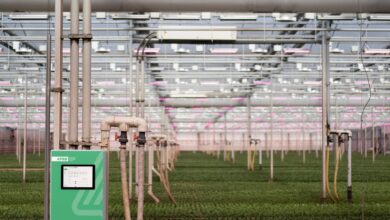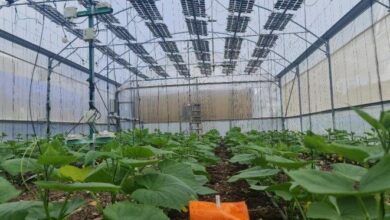Haifa’s Entry into a New Era of Plant Growth Research and Monitoring
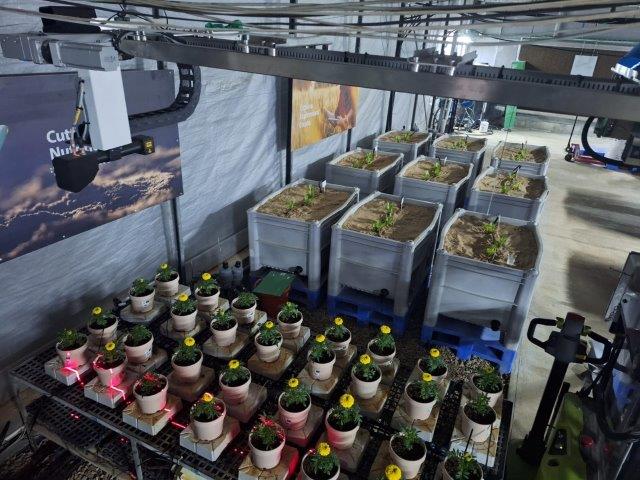
In recent years, the integration of 3D LiDAR (Light Detection and Ranging) scanners in plant growth research and monitoring has revolutionized the way scientists observe and analyze plant growth performance. With the help of this cutting-edge technology, researchers can capture high-resolution 3D images of plants for an in-depth understanding of plant growth, development, and response to environmental factors.
A 3D triangle LiDAR scanner that has recently been installed and operated at the R&D and Innovation center at the Aaronson farm puts Haifa group at the forefront of plant growth assessment technologies among the world’s leading research centers and institutes. The scanner is mounted on a unique mobile cart equipped with a telescopic bar that allows the system to circulate among the different experiments in the greenhouse and scan the plants at their site.

One of the key advantages of using 3D LiDAR scanners in plant research is their ability to provide detailed, non-invasive measurements of plant structures, such as leaves, stems, and branches, with remarkable precision. By generating dense point clouds of vegetation, these scanners offer insights into plant morphology and at a level of detail previously unattainable. With such a large collection of data, researchers are able now to study plant growth patterns, biomass accumulation, and canopy structure architecture with unprecedented precision.
The two charts and images (below) are taken from an experiment on lettuce plants in which the nitrogen rate has been varied between two treatments. Plant height distribution is represented by a series of bars representing the points count in each determined height. Similarly two other growth parameters, leaf area index and leaf inclination are calculated and demonstrated.
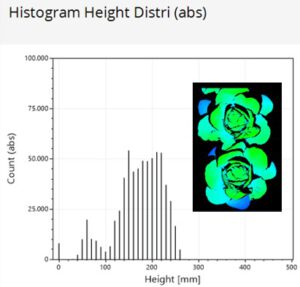
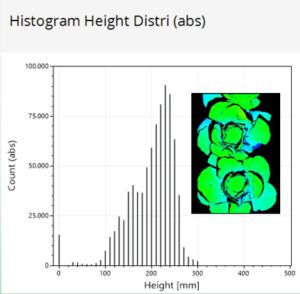
Furthermore, 3D LiDAR scanners excel in capturing temporal changes in vegetation over time. By conducting repeated scans of the same area at regular intervals, researchers can monitor plant growth dynamics, detect subtle variations in growth rates, and assess the impact of environmental factors, such as water availability, temperature, and light exposure, on plant development. This longitudinal approach enables scientists to track seasonal changes, evaluate crop performance, and optimize agricultural practices for enhanced productivity and sustainability.


